The artistic value of Malay heritage treasures not only lies in the aesthetic symbolism and finesse of its production but also needs to be given emphasis on the philosophy behind it. In fact, the philosophy of each work of art has its own meaning that is influenced by three aspects of community life at that time, namely; as a symbol of status, beliefs and culture.
For example, a person's status in society can be seen through the application of the value of sculpture in Malay architecture such as palaces, houses and mosques as well as equipment and personal adornment. Norazit (2001) states that the more wood carving art in a house, the higher the status of the master.
So, looking at the beauty and philosophy behind this sculpture, the museum is very fortunate to have a number of these fine art collections in its storage.
Among those found in the museum's storage are mostly for daily use such as utensils, household appliances and games for example; spatula/ladle, putu mold, sugarcane squeezer, measuring stick, gobek api, congkak and rehal. Weapons such as keris, badik, parang as well as architectural -based equipment such as traditional mosque pulpits, gates, wood carving panels and boat cranes. Also kept neatly in the museum's collection are the masks of the aboriginal community of Peninsular Malaysia, and so on.
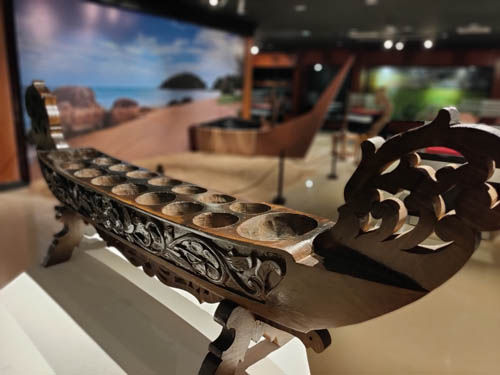

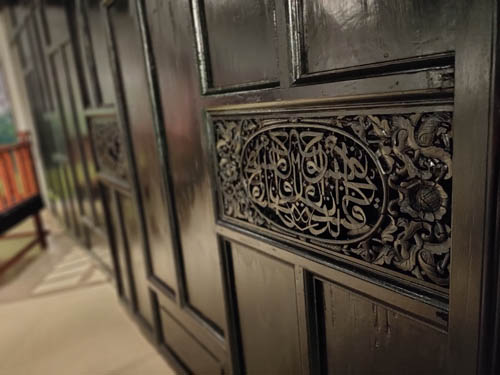
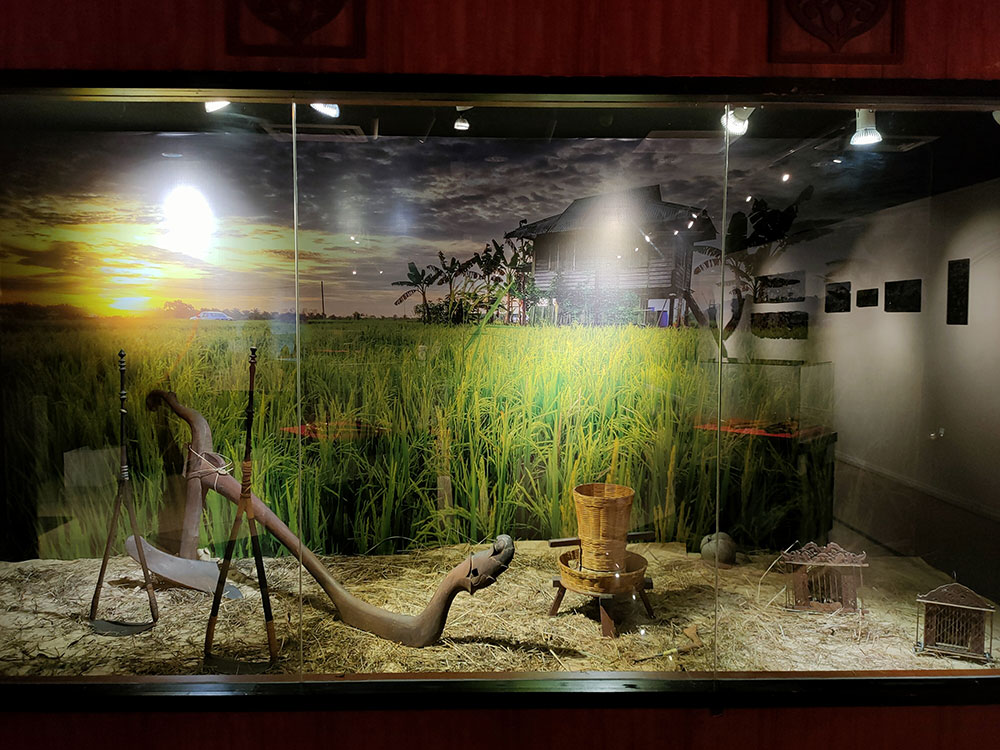

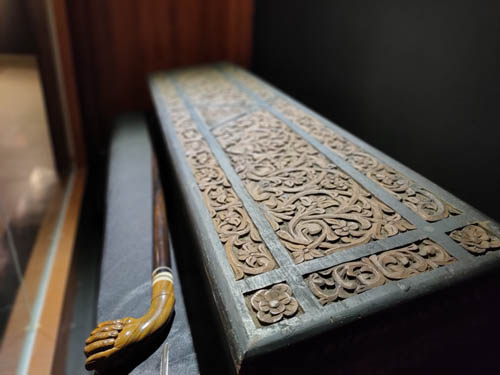
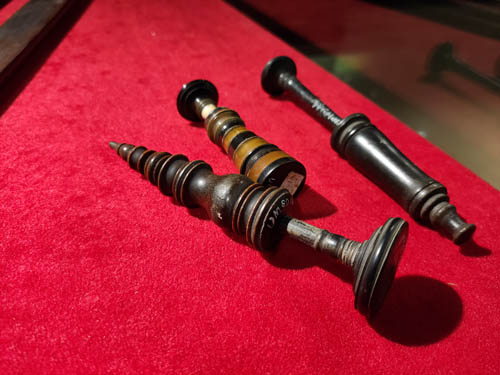
Last Update: 21/04/2022